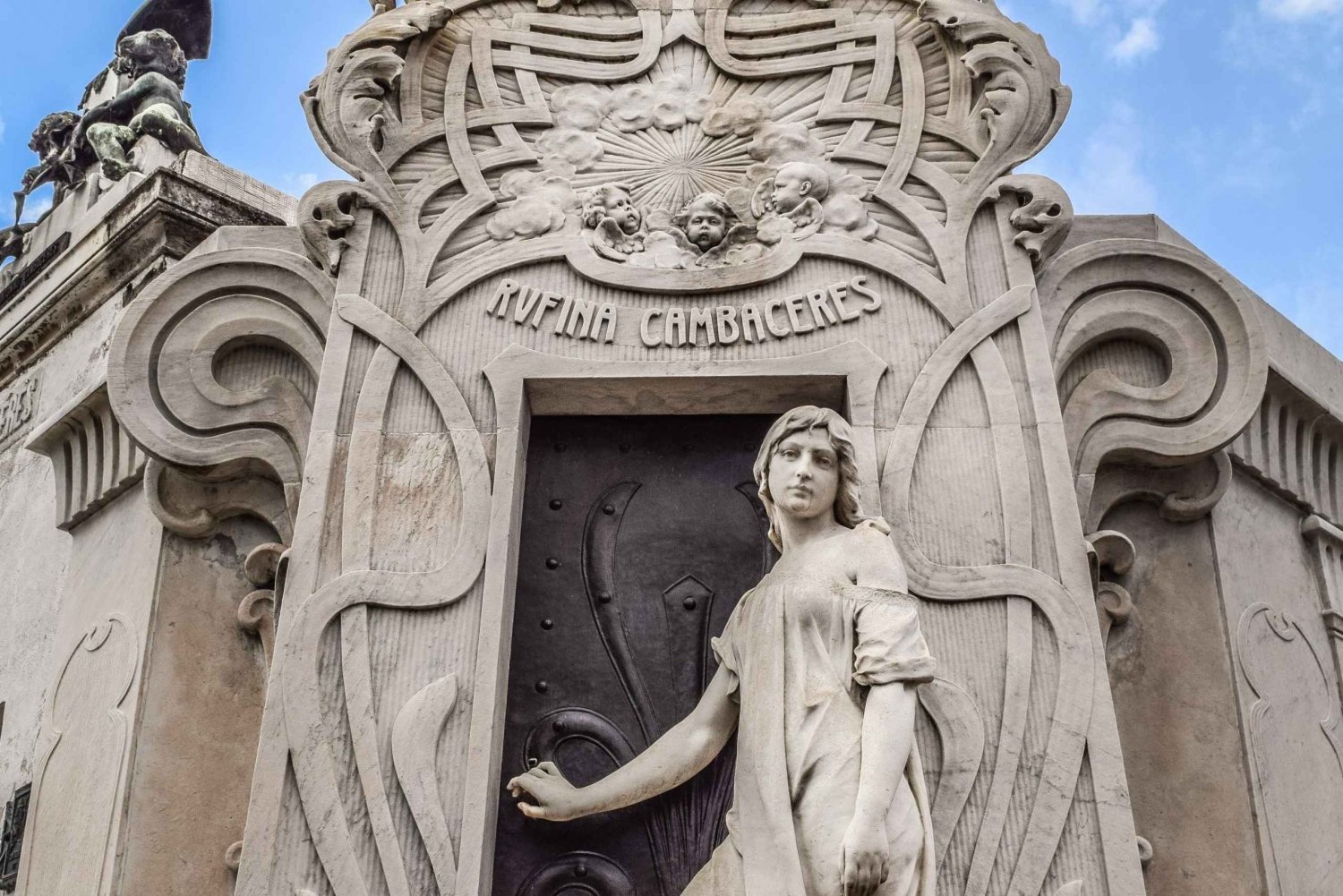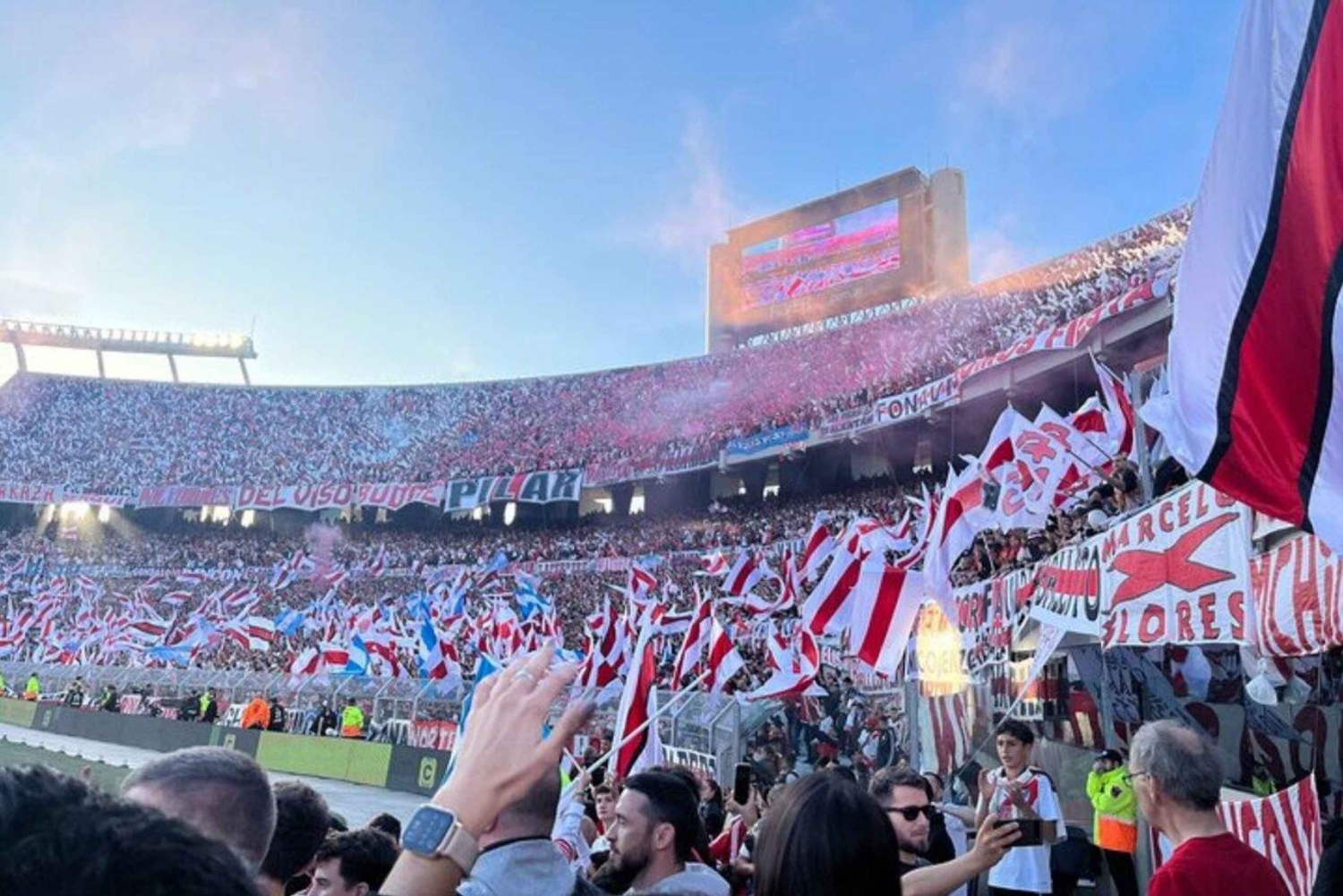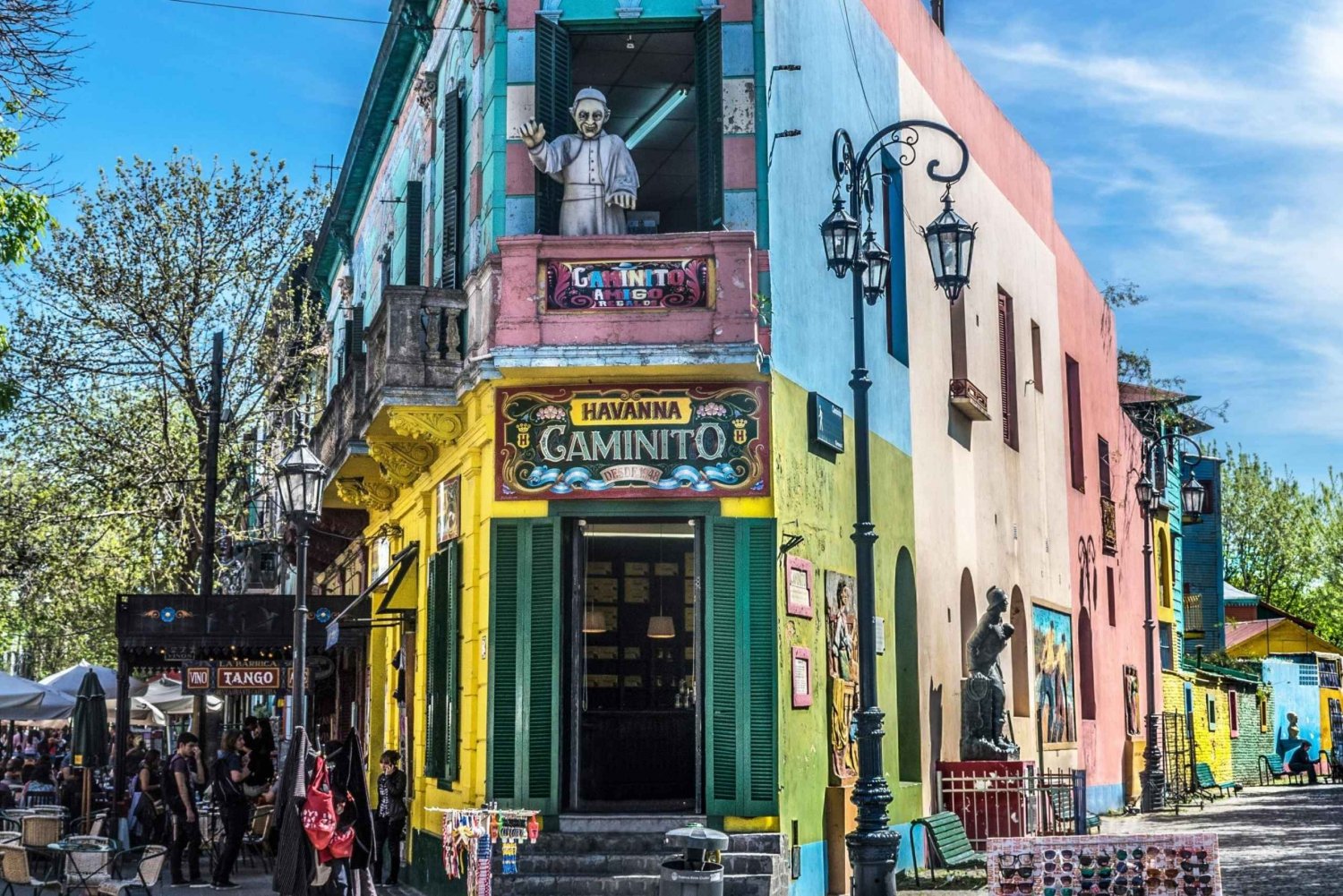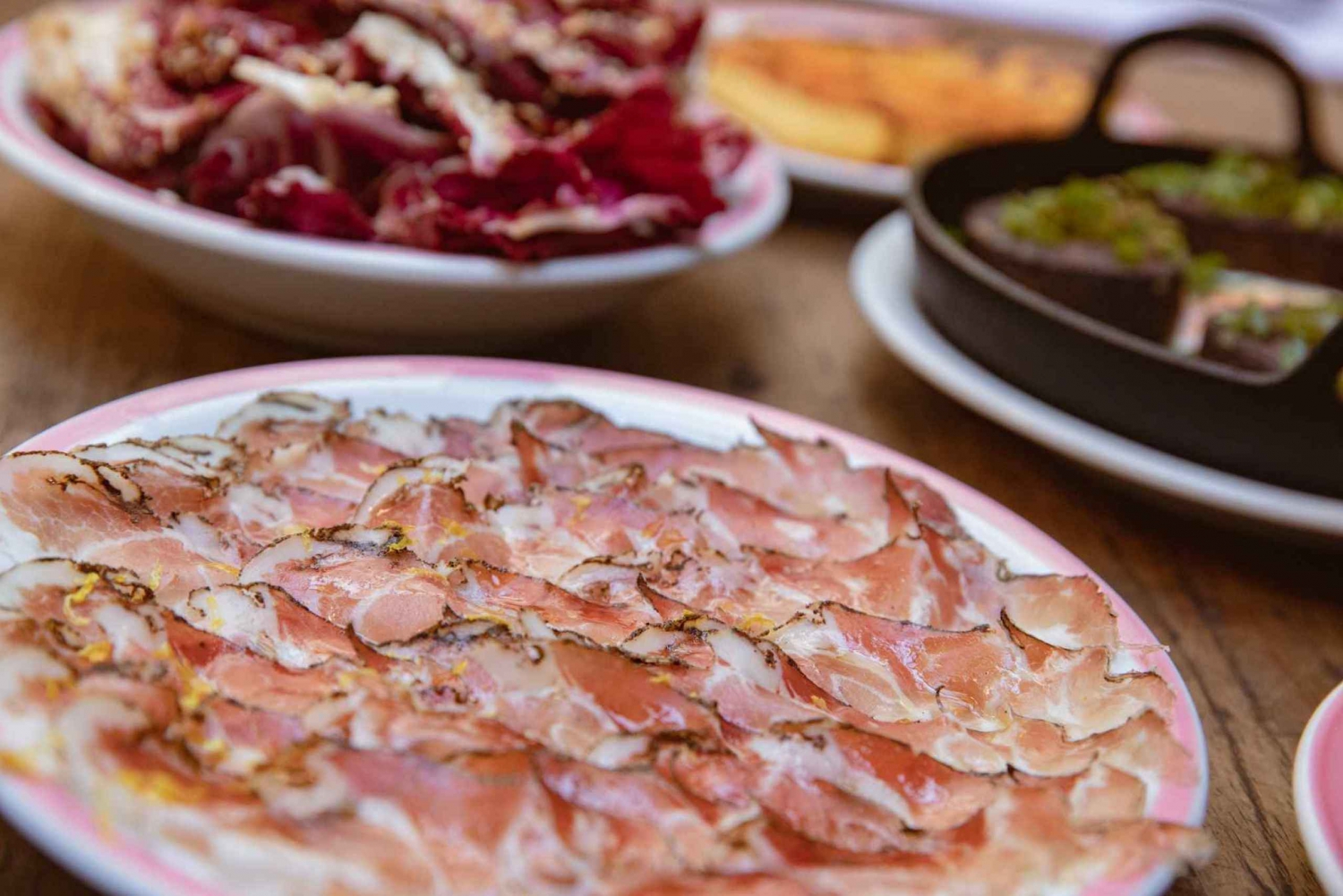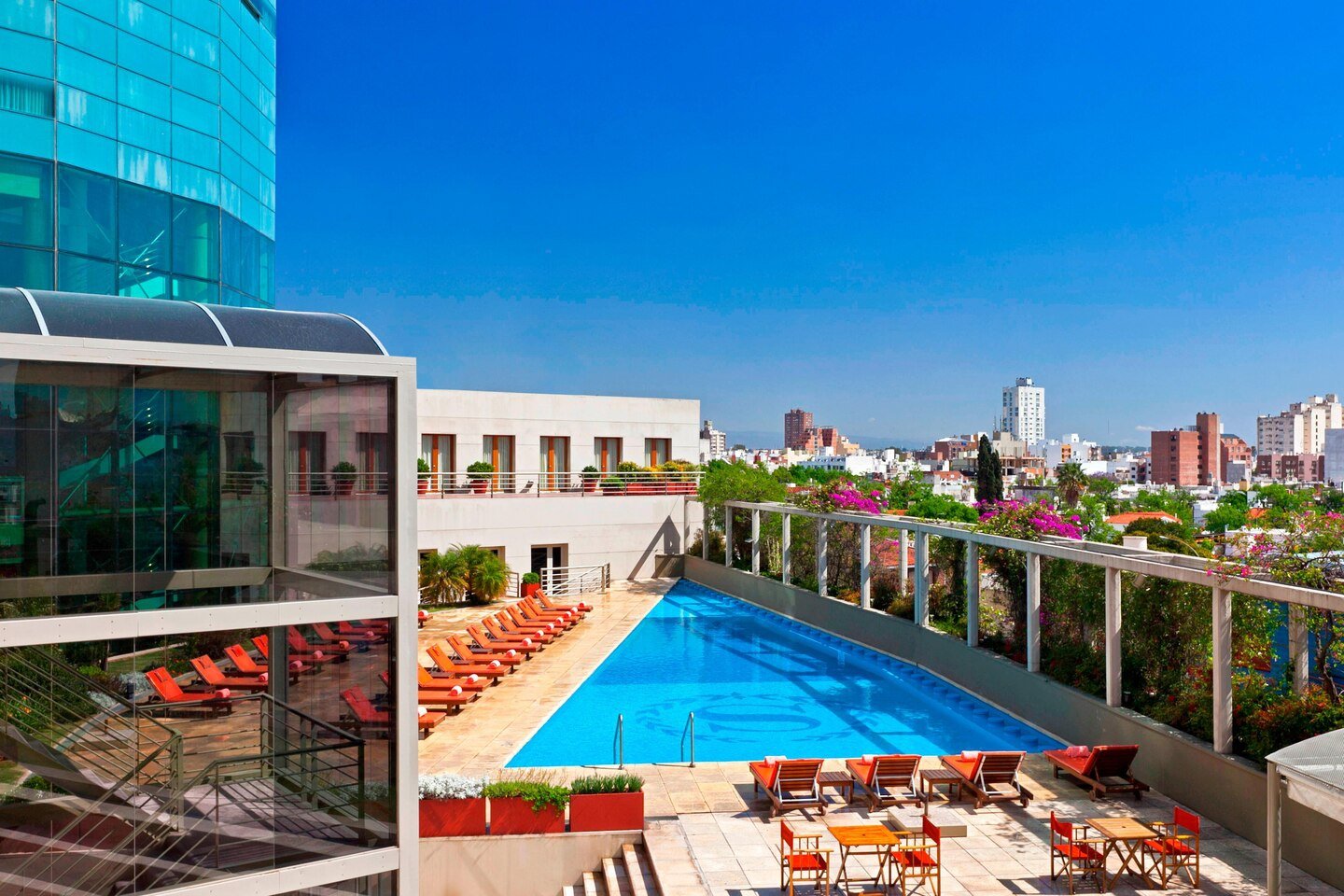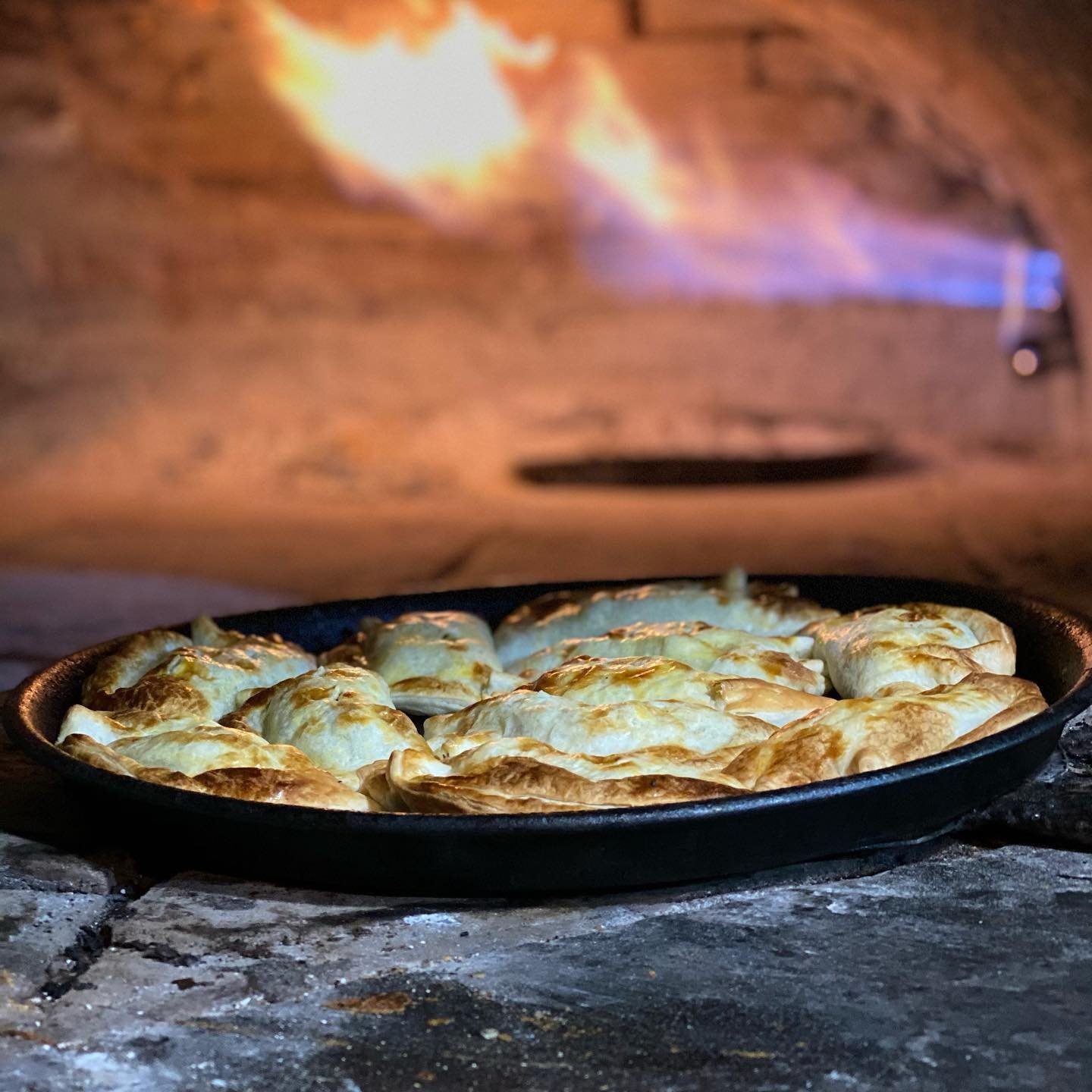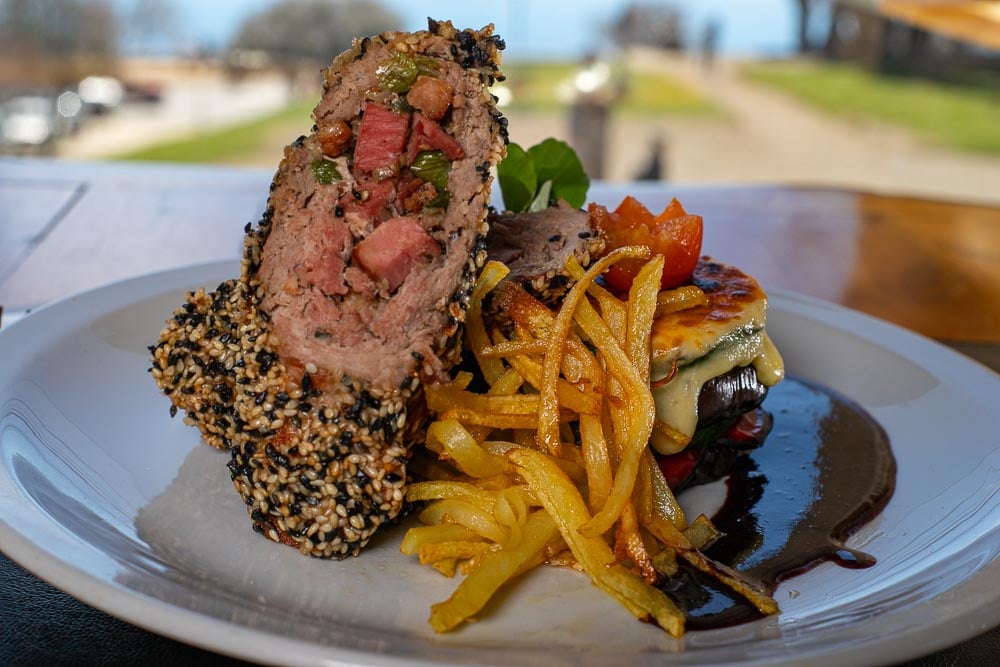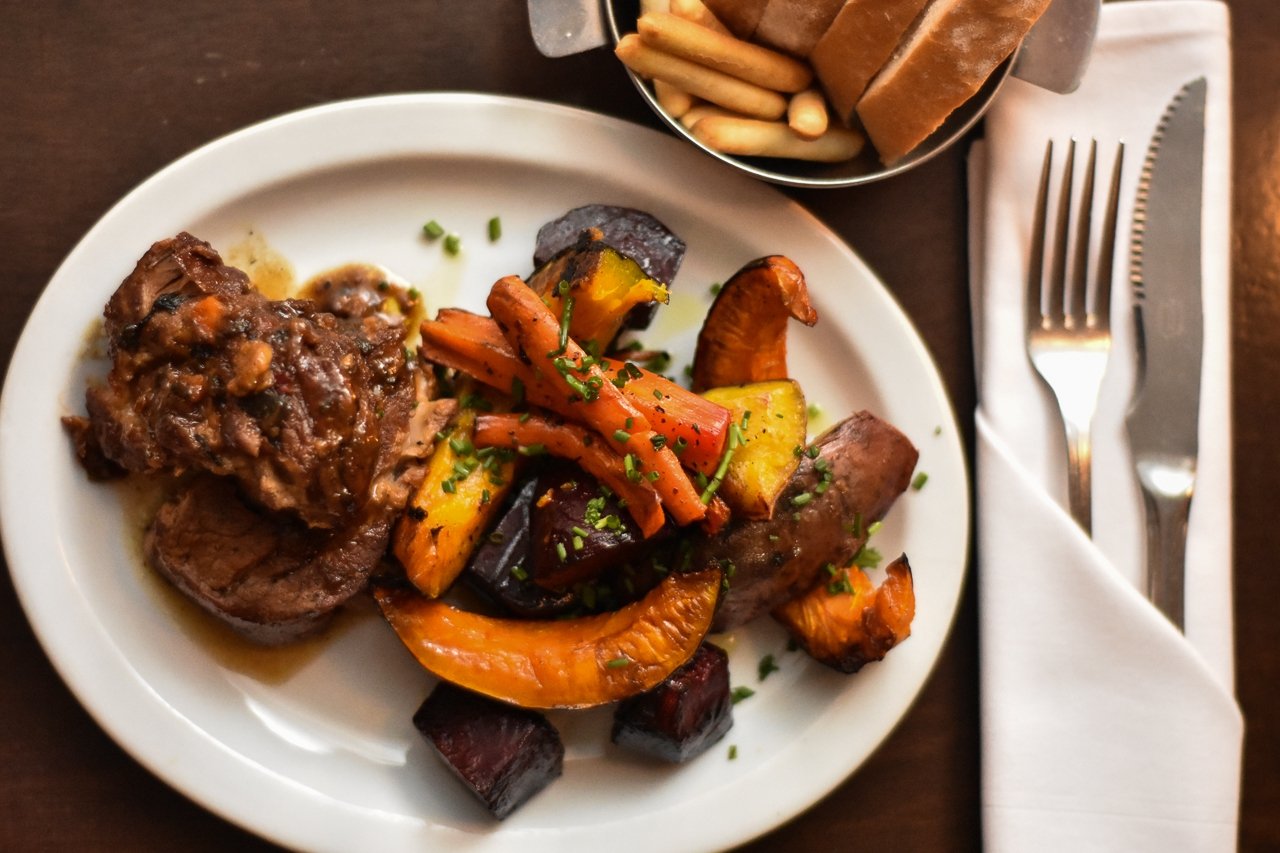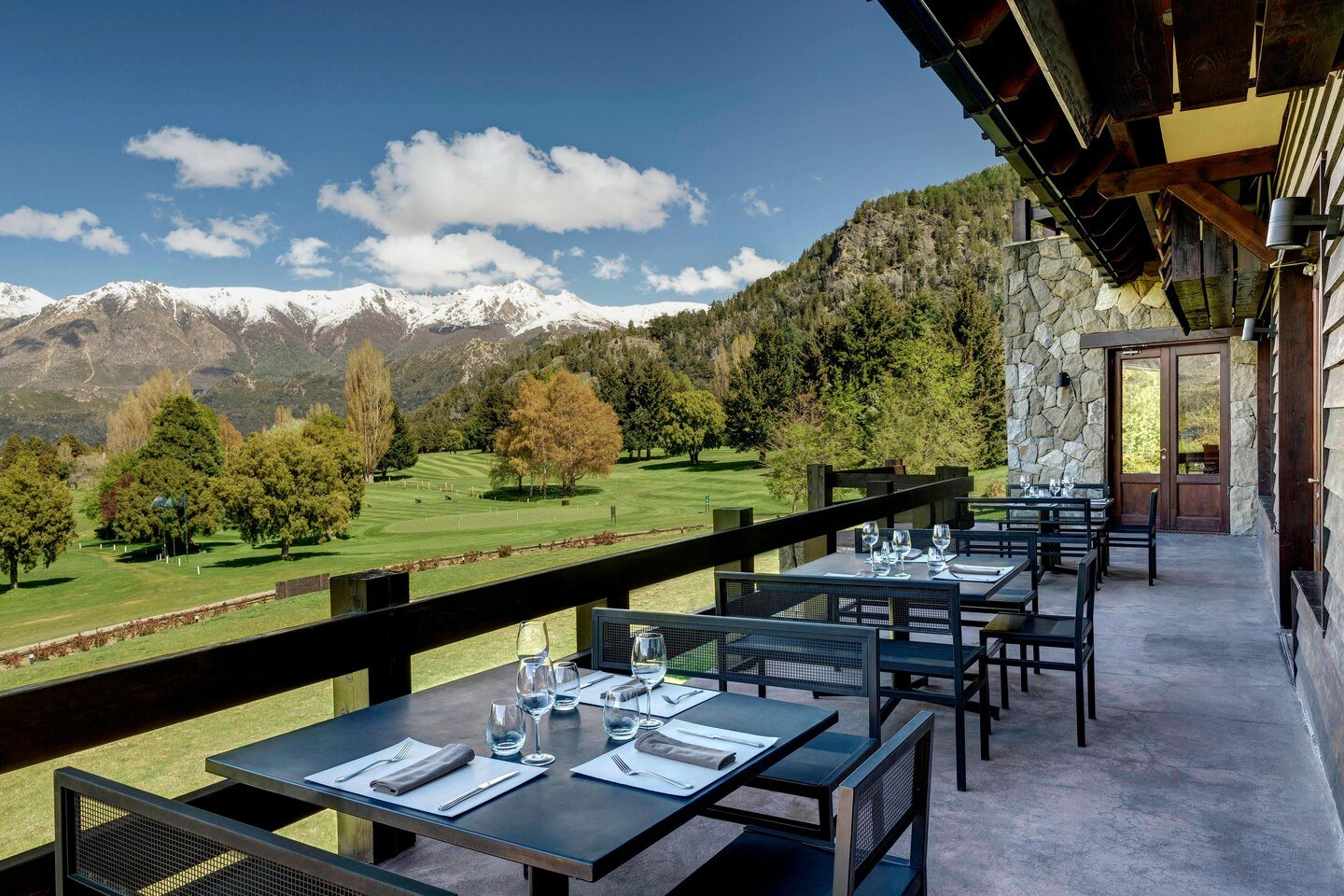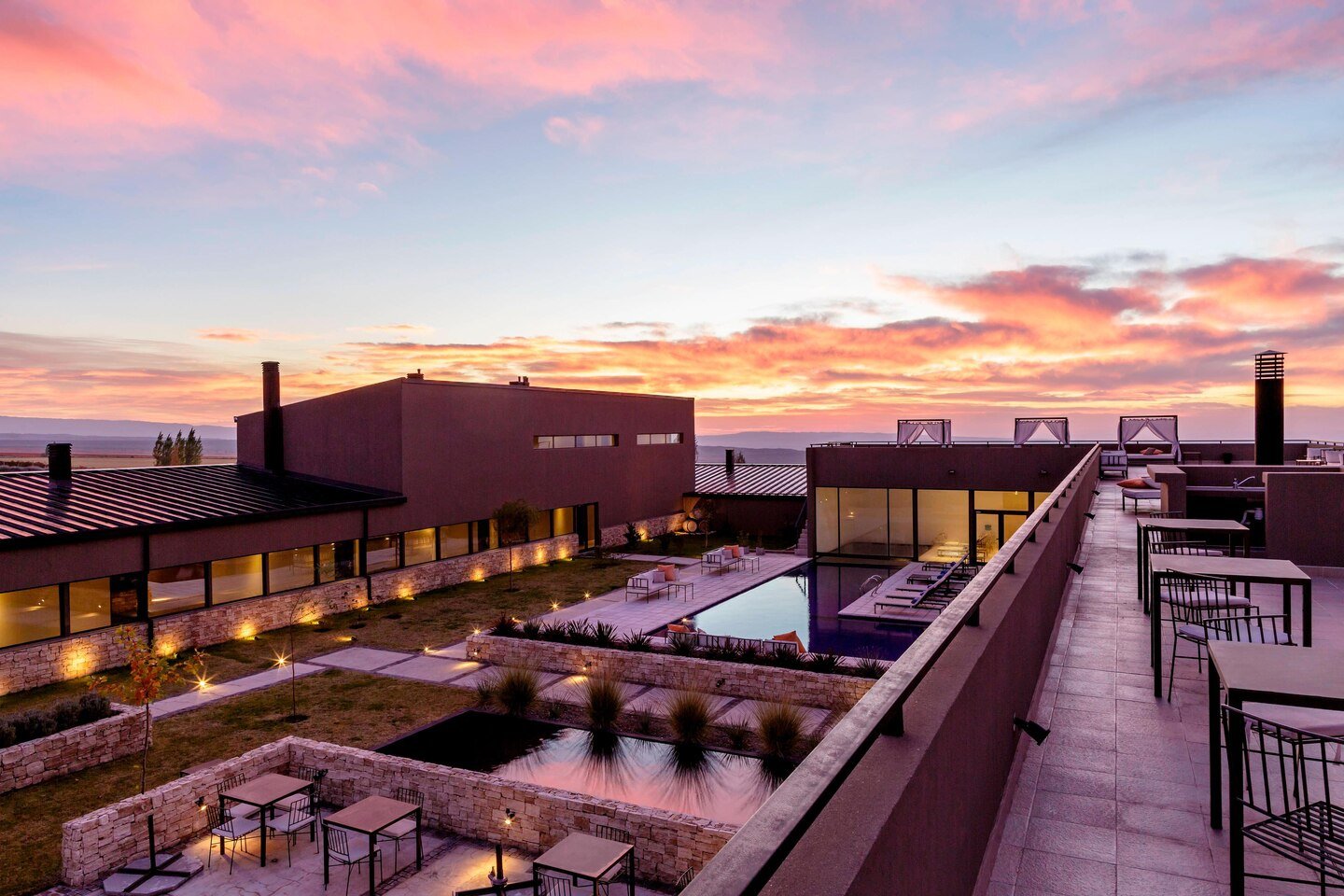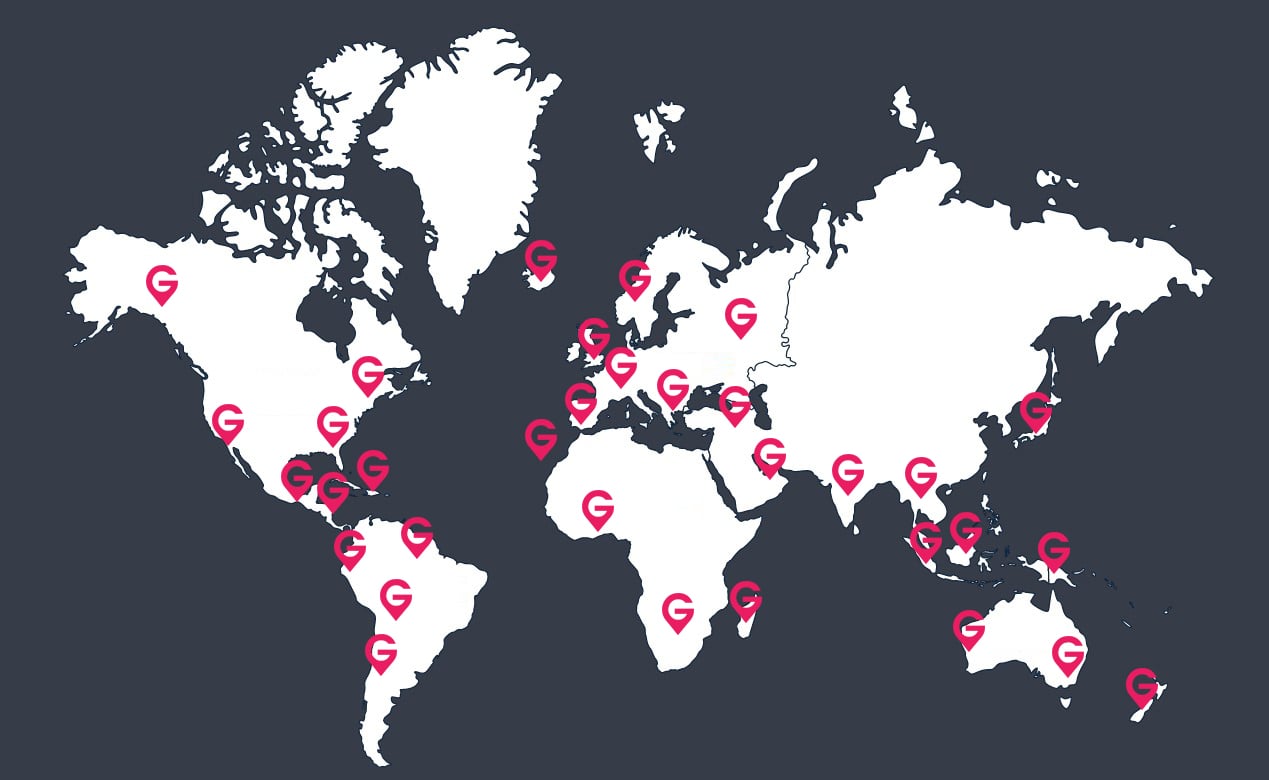Local Recommendations
Explore the World like locals
My Guide to Argentina
Local News & Articles
-

Buenos Aires: a week in the Argentine capital PART II
What can we say about Buenos Aires? The capital of Argentina is one of the most important cities in all of South America, it is much more than the largest city in the country. Buenos Aires is very different from the rest
-
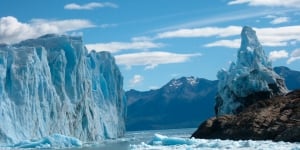
Tips For Travelling To Argentina
Argentina is a huge country where one life is not enough to travel from north to south or to visit its wonderful landscapes and cities. Fortunately, we received a series of recommendations and advice for travelling to Argentina that made our days in the country tremendously enjoyable.
-

Regional curiosities of the Argentinean cuisine
Argentina is one of the largest countries in South America, after Brazil. It is made up of different provinces with their own identity and which, according to their geographical location, make up different regions with their respective traditional recipes.
-
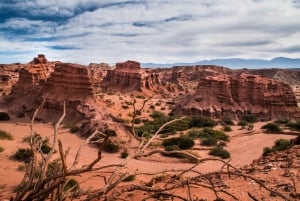
Inca Trail in Quebrada de Las Conchas
The road to Cafayate through the Quebrada de Las Conchas is one of the most important tourist attractions of our province. The majesty of its polychrome landscape, the interesting geological and cultural history
-

Gastronomy at Mar del Plata
In Mar del Plata, the gastronomic sector has a wide variety of options for tourists and for local visitors who want a getaway near the coast.
-
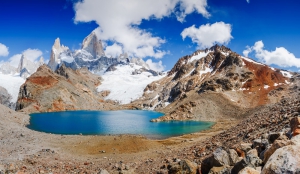
What to see in El Chaltén in 3 days - routes for mountaineers and hikers
Wanting to see one of the most impressive mountain destinations in the world? Here you have everything you need. Hiking routes for all levels and physical forms, viewpoints, excursions, and a thousand plans and places to see and do in El Chaltén.
-

Best free tour in Buenos Aires, guided tours neighborhood by neighborhood
A comfortable and simple way to get to know the capital of Argentina without going crazy with maps and itineraries. We will make a neighborhood by neighborhood tour thanks to the best free tours in Buenos Aires. Get ready to walk!
-

Dulce de leche, a very Argentinean tradition
Many have tried to dispel the myth that dulce de leche is an Argentinean invention. Some scholars in the field, argue that already in the colony was known a product of similar characteristics that came to the area of which - next to the Andes - from Chile.
-

A walk through the different cheeses produced in Argentina
Since the arrival of the conquistadors in America, the production of cows in Argentina did not stop growing, it seemed that the cows flourished as fast as the grass. However, this limited the diet of the inhabitants of these lands to a disproportionate consumption of meat, the rest of the sub products of the cattle were for export, we are talking about leather, the bait and the antlers.
What's On in Argentina
-
FEATURED

Sat 9th Aug Candlelight: Queen vs The Beatles
Sat 9th Aug, 2025 Argentina ArgentinaCandlelightCandlelight concerts are live musical and multisensory experiences that bring magic to incredible venues in Buenos Aires (CABA). Buy your tickets now to discov
Check availabilityARS 24,000.00From -
FEATURED

Sat 16th Aug Candlelight: Coldplay vs Ed Sheeran
Sat 16th Aug, 2025 Argentina ArgentinaCandlelightCandlelight concerts provide the magic of a live musical and multisensory experience in incredible venues in Mar del Plata. Buy your tickets now to discover th
Check availabilityARS 19,000.00From -
FEATURED

Sat 26th Jul Candlelight: Magical Soundtracks
Sat 26th Jul, 2025 Argentina ArgentinaCandlelight concerts bring the magic of a live musical and multisensory experience to incredible places in Buenos Aires (CABA).Buy your tickets now to discover the music
Check availabilityARS 39,000.00From -
FEATURED

Fri 8th Aug Candlelight: Rings and Dragons
Fri 8th Aug, 2025 Argentina Argentina⭐ Candlelight concerts bring the magic of a live musical and multisensory experience to incredible venues in Buenos Aires (CABA). Buy your tickets now to discover the m
Check availabilityARS 30,000.00From -
FEATURED

Fri 5th Sep Candlelight: Tribute to Adele
Fri 5th Sep, 2025 Argentina ArgentinaCandlelightCandlelight concerts bring the magic of a live musical and multisensory experience to incredible locations in Mar del Plata. Buy your tickets now to discover t
Check availabilityARS 19,000.00From -
FEATURED

Sat 19th Jul Candlelight: Coldplay vs. Ed Sheeran
Sat 19th Jul, 2025 Argentina Argentina⭐ Candlelightare candlelight concerts that bring the magic of a live musical and multisensory experience to incredible venues in La Plata. Buy your tickets now to disco
Check availabilityARS 37,500.00From -
FEATURED

Sat 19th Jul Candlelight: Magical Soundtracks
Sat 19th Jul, 2025 Argentina ArgentinaCandlelight concerts bring the magic of a live musical and multisensory experience to incredible venues in La Plata.Buy your tickets now to discover the music of Magical
Check availabilityARS 29,000.00From -
FEATURED

Sat 23rd Aug Candlelight Original Sessions: Zoe Gotusso
Sat 23rd Aug, 2025 Argentina ArgentinaCandlelightCandlelight concerts bring the magic of a live musical and multisensory experience to incredible venues in Buenos Aires (CABA). Buy your tickets now to discove
Check availabilityARS 78,000.00From -
FEATURED
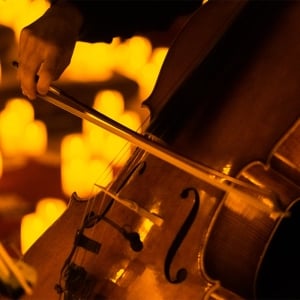
Sat 12th Jul Candlelight: Tribute to Luis Miguel
Sat 12th Jul, 2025 Argentina ArgentinaCandlelightThese are candlelight concerts that bring the magic of a live musical and multisensory experience to incredible locations in Buenos Aires (CABA). Buy your tick
Check availabilityARS 26,000.00From
Book Experiences in Argentina
-
FEATURED
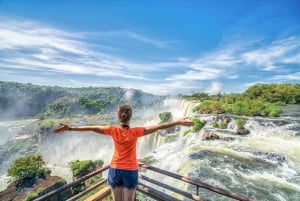 Best Seller
Best SellerFrom Foz do Iguaçu: Brazilian Side of the Falls with Ticket
237 ReviewsContemplate the beauty of one of the 7 natural wonders of the world. Walk along a trail through the Atlantic Forest and discover them on a guided tour of Foz do Iguaçu with hotel transfers.
Check availability$51.00From -
FEATURED
 Best Seller
Best SellerBuenos Aires: La Boca Guided Walking Tour in English
1243 ReviewsDiscover the birthplace of tango and its bohemian, artistic and multicultural history. Uncover the mysteries of this neighborhood with a knowledgeable local guide.
Check availability$13.00From -
FEATURED
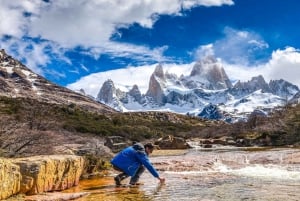 Best Seller
Best SellerFrom El Calafate: Full-Day Tour to El Chaltén
718 ReviewsDiscover El Chaltén, Argentina’s Trekking Capital, on a day trip from El Calafate. Hike scenic trails with views of Mount Fitz Roy, blue lakes, and the majestic Andes. A Patagonian adventure awaits!
Check availability$97.00From -
FEATURED
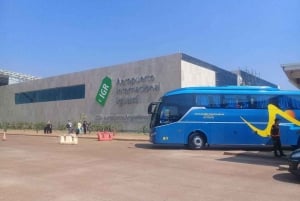 Best Seller
Best SellerPuerto Iguazu: One-Way or Round Trip Airport Transfer
308 ReviewsSave time and money by arranging your arrival and departure transfer between Puerto Iguazu Airport and central hotels in Puerto Iguazu. Be greeted by your driver at the airport and relax as you enjoy the journey to your accommodation.
Check availability$11.00From -
FEATURED
 Best Seller
Best SellerBuenos Aires: Hop-On Hop-Off City Bus Tour
1897 ReviewsDiscover Buenos Aires with a 24-, 48-, or 72-hour hop-on hop-off bus ticket. Explore traditional and modern neighborhoods while learning about the area through a multilingual audio guide.
Check availability$39.00From -
FEATURED
 Best Seller
Best SellerFrom El Calafate: Torres del Paine Full Day Tour
355 ReviewsDiscover the stunning beauty of Torres del Paine on a full day tour from El Calafate. Explore glaciers, turquoise lakes, waterfall, and unique wildlife in one of the world’s most scenic national parks
Check availability$232.00From -
FEATURED
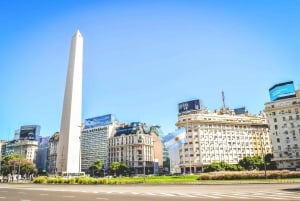 Best Seller
Best SellerBuenos Aires: City Highlights Guided Tour with Transfer
1420 ReviewsEnjoy a guided tour of the major sites of Buenos Aires and the city’s neighborhoods.
Check availability$38.00From -
FEATURED
 Best Seller
Best SellerBuenos Aires: Private EZE Airport Transfer
170 ReviewsEnjoy a convenient transfer between Ezeiza Airport and your hotel in Buenos Aires with a 1-way or round-trip private transfer. Be greeted by your driver and enjoy the ride to your destination.
Check availability$58.00From -
FEATURED

Experiences
Mini Guides
-


Best walking tours in Recoleta Buenos Aires
Handpicked by a Local Expert
-


Best day trips in Recoleta Buenos Aires
Handpicked by a Local Expert
-


Best entry tickets in Buenos Aires
Handpicked by a Local Expert
-


Best transfer options to Palermo Buenos Aires
Handpicked by a Local Expert
-


Best transfer options to Puerto Madero Buenos Aires
Handpicked by a Local Expert
-


Best transfer options to Recoleta Buenos Aires
Handpicked by a Local Expert
-


Where to stay when traveling in Argentina
Handpicked by a Local Expert
-


Best Day trips in Caminito La Boca Buenos Aires
Handpicked by a Local Expert
-


Best activities to do in San Telmo Buenos Aires
Handpicked by a Local Expert
-


Best day trips San Telmo Buenos Aires
Handpicked by a Local Expert
-

Top Things to do at Night in San Telmo & Palermo Buenos Aires
Handpicked by a Local Expert
-


Best walking tours in San Telmo Buenos Aires
Handpicked by a Local Expert
-


Best day trips in Palermo Buenos Aires
Handpicked by a Local Expert
-

Best walking tours in Puerto Madero Buenos Aires
Handpicked by a Local Expert
-


Best activities to do in Palermo Buenos Aires
Handpicked by a Local Expert
-


Most unique hotels in Argentina
Handpicked by a Local Expert
-


Best vegan and Vegetarian restaurants in Argentina
Handpicked by a Local Expert
-


Best pizza places in Argentina
Handpicked by a Local Expert
-


Best Italian restaurants in Argentina
Handpicked by a Local Expert
-


Highly recommended traditional restaurants in Argentina
Handpicked by a Local Expert
-


Best asian fusion restaurants in Argentina
Handpicked by a Local Expert
-


Best Argentina restaurants in Argentina
Handpicked by a Local Expert
-


Best Spanish and Tapas restaurants in Argentina
Handpicked by a Local Expert
-


Best luxury hotels in Argentina
Handpicked by a Local Expert
-


Best hotels in Argentina
Handpicked by a Local Expert
Regional Guides
-
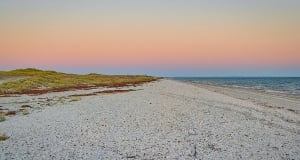
Atlantic Coast
Few provinces have such extensive and affable coasts... countless small ports or radars have sheltered for more than 60 years, places that emerged around the port and the coast itself.
-
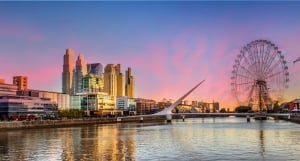
Buenos Aires
The vast province of Buenos Aires is one of the most characteristic territories of the Argentine soil. When we say "Argentina" we unfailingly say "Buenos Aires", we mean perfect soils, almost without decline, full of wheat, corn, soya beans... and unbeatable cattle...
-
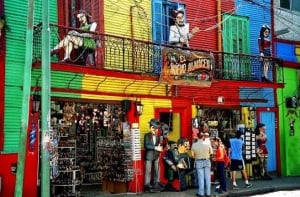
City of Buenos Aires
Originally a flat, treeless territory occupied by brave, warlike aboriginal groups that appeared and dispersed at great speed across the vast pampas. It was Juan Díaz de Solís who first tried some names for these places, calling the estuary of the River Plate Mar Dulce.
-
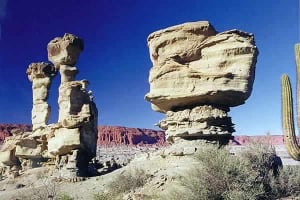
Cuyo
This region of the Argentine Republic is located in the central-western area, land of the aborigines and the last place of the Inca empire that extended its roads to the current province of Mendoza.
-

Mesopotamia
The name indicates the essence of its territory... "totally surrounded by rivers", except for the missionary town of Bernardo de Irigoyen which is the only dry border in this geographical region of Argentina.
-
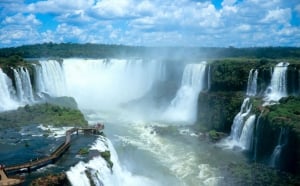
North East Argentina
In a territory as vast as Argentina, it is not too difficult to define the particularity of each geographical region. In the case of the northeast, we can highlight the versatility of the landscape that passes from the jungle in strata on the banks of the rivers to the thorny mountain in the western Chaco.
-

Northwest Argentina
Who only knows some isolated facts about Argentina, will never imagine the wonderful contrasts that this region of our country presents...the colours of the earth and the hills are confused in intense reds, dazzling ochres, permanent blue skies
-
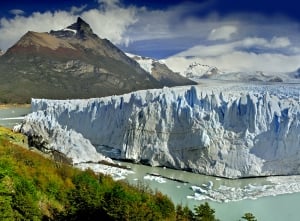
Patagonia
Of dubious origin, many say that it was Magellan's chronicler who first used the term Patagonia in his writings, back in 1520.
-
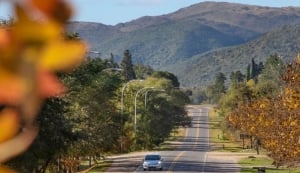
Sierra
Located in the eastern centre of the Argentine Republic, the mountainous destinations in the province of Córdoba and Buenos Aires are developed. All of them are Mediterranean, and their backbone is the Palaeozoic mountain range, which has been rejuvenated by the almost explosive rise of the Andes. In the particular case of Cordoba, it is impressive for its majesty.
We Are Part of the My Guide Network!
My Guide Argentina is part of the global My Guide Network of Online & Mobile travel guides.
We are now in 180+ Destinations and Growing. If you are interested in becoming a local travel partner and would like to find out more then click for more info about our Website Business Opportunity.
Nearby Destinations
Create New Guide
Filter Events by Sub-Category
Please select a Date first.

